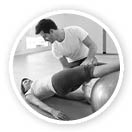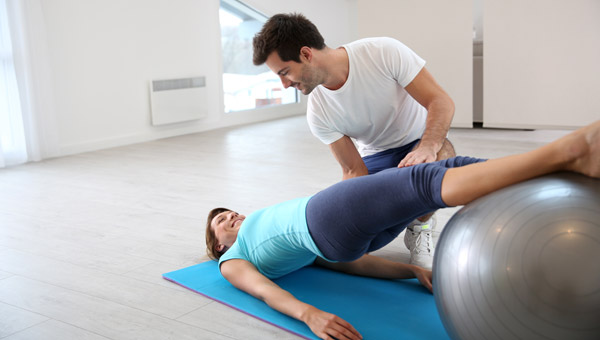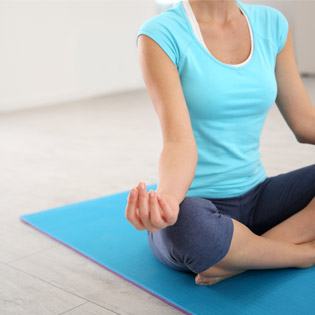
Exercise, including modified
clinical pilates
clinical pilates
The Technique
Pilates is based on the eight following principles.- Breathing co-ordinated with the exercise so that exhalation occurs with the most difficult movement
- Concentration-provides a work out for the mind and body
- Control-essential when working against gravity in mat work exercise
- Centering-exercises primarily facilitate core stability, challenged through various arm and leg movements
- Precision-a long-term goal. Routine in the techniques creates precision, which leads to greater awareness and control
- Flow-performed evenly, continuous flowing movement
- Integrated isolation-routine allows one to recognise incorrect patterns of movement, isolate them and correct them
- Routine-repetition leads to greater skill and greater benefits
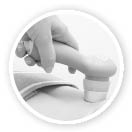
Ultrasound therapy (US)
is the use of sound waves above the range of human hearing to treat musculoskeletal problems, especially inflammation …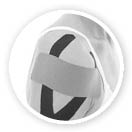
Taping
Taping techniques are some of the most important and most visible skills a physiotherapist, working with sports men and women can have …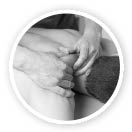
Soft tissue techniques
Physiotherapy targets the tissues with specialist techniques that help improve scar tissue, stretch muscles and reduce the 'knots' …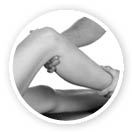
Joint mobilisation and manipulation
Physiotherapy joint mobilisation techniques are used to help reduce joint pain and stiffness and therefore improve and restore …